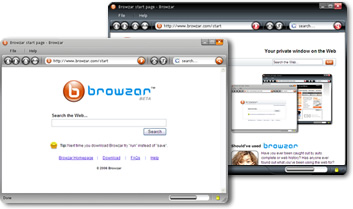 Often we think of security in terms of applications that can be used to safeguard our data, but there can always be different approaches to the same problem. Encrypting the data in your hard drive may be the key to keeping it safe in these days of laptop theft.
Often we think of security in terms of applications that can be used to safeguard our data, but there can always be different approaches to the same problem. Encrypting the data in your hard drive may be the key to keeping it safe in these days of laptop theft.
Data encryption for hard drives can come in two forms. You can either use a software to encrypt your data, or have a drive that required password identification before gaining access to the files inside. The first method can be performed with a selection of open source and licensed software. The files are protected even when the Operating System is not on. This works in different ways. Some software create a virtual drive inside the hard drive to store the data. the virtual drive will take up an allotted amount of space in the drive, but it cannot be accessed unless the password or set of passwords have been given. This type of data encryption can also be performed on drives that had no form of security encryption originally like the computer you’re currently or even thumb drives.
Hard drives with encryption has been available for the past year, most often in the form of external drives that can be brought to different places and handled by more than one user. These hard drives operate with full encryption, where the data in the whole disk is encrypted. Some of them combine password identification with biometrics to give double security to the files inside them. These drives come with a chip containing special software that does the decrypting and encrypting without taking too much time. The problem with this method is that if the password is forgotten, the data can’t be recovered. Seagate had recently announced that they will be shipping hard drives with an improved full disk encryption they call DriveTrust on January. These two methods will protect the files in the hard drive, and it’s only a matter of choosing which suits you best.
[tags]data encryption, data, security, drive encryption[/tags]



